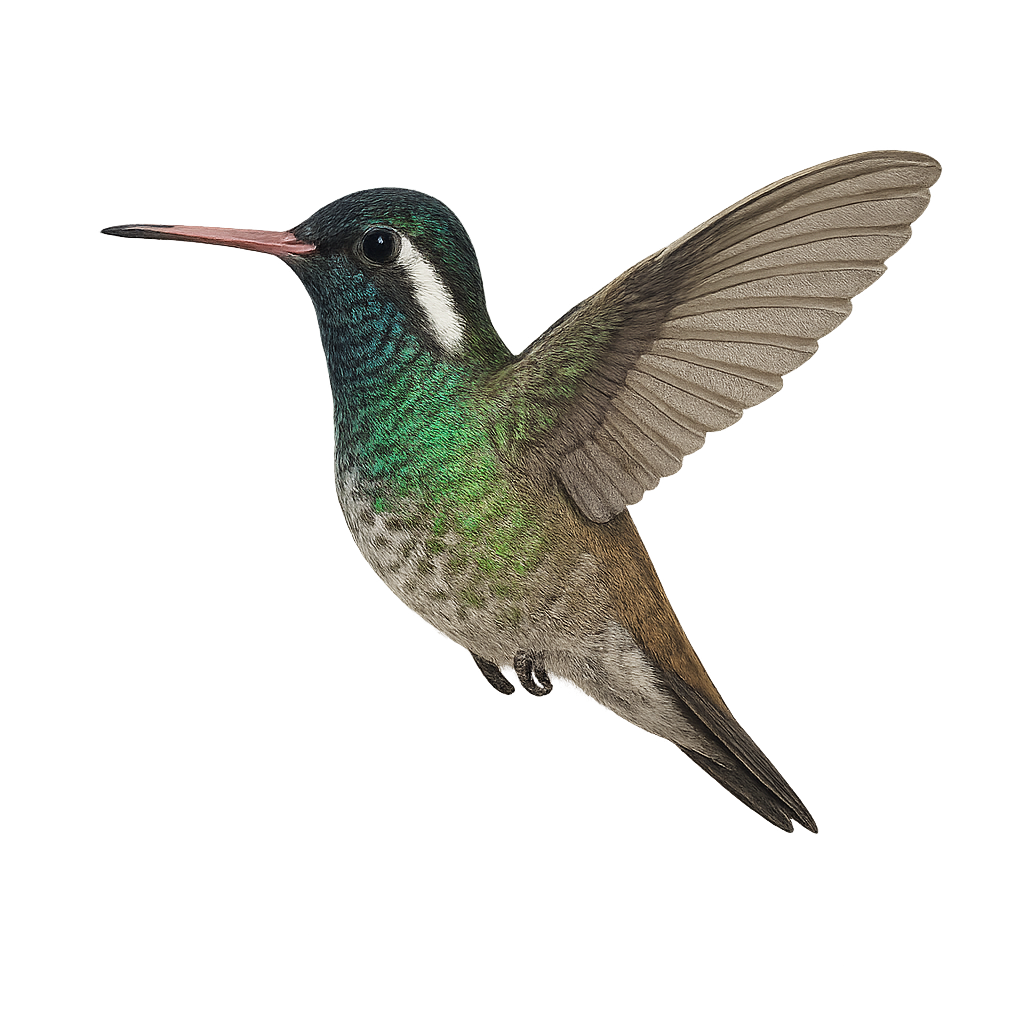Your wildlife photography guide.
Explore the white-eared hummingbird in detail, study its behavior, prepare your shots.
Where to observe and photograph the white-eared hummingbird in the wild
Learn where and when to spot the white-eared hummingbird in the wild, how to identify the species based on distinctive features, and what natural environments it inhabits. The WildlifePhotographer app offers tailored photography tips that reflect the white-eared hummingbird’s behavior, helping you capture better wildlife images. Explore the full species profile for key information including description, habitat, active periods, and approach techniques.
White-eared Hummingbird
Scientific name: Basilinna leucotis

IUCN Status: Least Concern
Family: TROCHILIDAE
Group: Birds
Sensitivity to human approach: Suspicious
Minimum approach distance: 5 m
Courtship display: April to May
Incubation: 15-19 jours
Hatchings: April to June
Habitat:
Pine forests, oak forests, shrublands
Activity period :
Primarily active during the day, with peak activity in the morning and late afternoon.
Identification and description:
The White-eared Hummingbird is a small, captivating bird primarily found in the pine and oak forests of Mexico and Central America. It is distinguished by its characteristic white ears, contrasting with its metallic green plumage. This hummingbird measures about 9 to 10 cm in length and weighs between 3 and 4 grams. It primarily feeds on nectar but also consumes small insects to supplement its diet. Its flight is fast and agile, allowing it to maneuver easily among flowers. The White-eared Hummingbird is often observed alone or in small groups, and it vigorously defends its feeding territory against intruders.
Recommended lens:
400 mm – adjust based on distance, desired framing (portrait or habitat), and approach conditions.
Photography tips:
To photograph the White-eared Hummingbird, it is advisable to use a 400mm lens or longer to capture precise details without disturbing the bird. Patience and discretion are essential, as these hummingbirds are suspicious. Prefer early morning hours to benefit from soft, natural light. Use a tripod to stabilize your camera, especially when working with long focal lengths. Be ready to quickly adjust your settings to follow the bird's fast and unpredictable movements.
From knowledge to field practice
A species profile helps you understand an animal. In the field, the challenge is often different. Remembering your own observations.
The WildlifePhotographer app allows you to:
• record your personal observations
• note locations, dates, and behaviors
• revisit your field references over time
• build a private and long-term field logbook
The app does not provide observation locations.
It helps you organize what you actually observe, with respect for wildlife.

